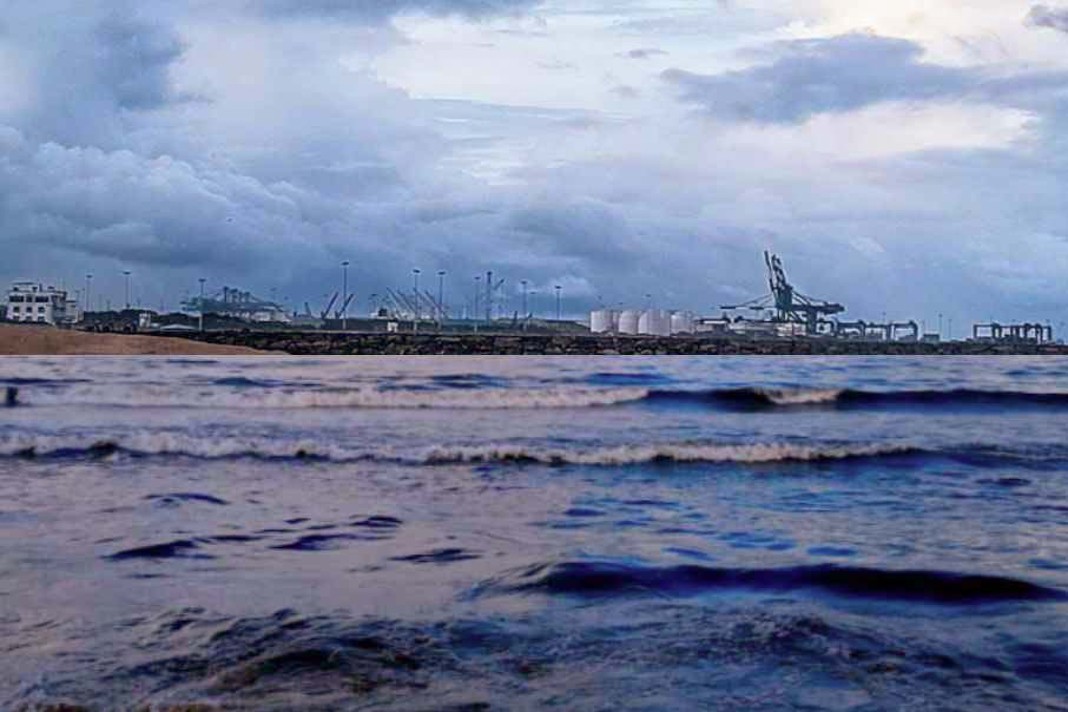Recognizing the need for climate action, the International Maritime Organization (IMO) adopted a new strategy in 2023 to incorporate a net-zero emissions goal for all vessels by or around 2050. “With a lifetime of 20-30 years for a vessel built today, it is vital to start thinking now about how to reach these goals. 2050 isn’t that far off,” urges Asbjørn Haslebakke, CEO of Helsinki-headquartered maritime power electronics specialist The Switch, a BEMAC company.
Encouraging zero emissions
Green shipping corridors have been suggested as one key way to move toward the IMO targets – in other words, supporting zero-emission shipping on specific busy routes between major ports. The concept is that these corridors will encourage and support shipowners and cargo owners who select green vessel solutions and, at the same time, discourage or penalize those who continue to pollute.
“Such sustainable maritime highways will not only benefit deep-sea container shipping but also feeder vessels and chemical and LPG shortsea tankers as they sail from major hubs to smaller ports nearby. This would contribute to zero emissions in both global and regional shipping, and not least pave the way for a more sustainable future for our children and grandchildren,” says Haslebakke.
Advisory giant McKinsey has collaborated with the Mærsk Mc-Kinney Møller Center for Zero Carbon Shipping in Copenhagen to create a blueprint to help stakeholders assess the feasibility of green corridor projects. They have studied three different alternatives:
- Single-point harbour or port hubs that allow round-trip zero-emission bunkering
- Point-to-point transport corridors between two harbors with zero-emission bunkering at both ends
- Network corridors between three or more harbors that all support zero-emission bunkering
“One corridor being suggested for deepsea shipping is the main-haul container route from Asia to Europe. According to McKinsey, approximately 24 million 20-foot equivalent units (TEU) were traded on this route on 365 vessels in 2019. The ships burned approximately 11 million metric tons of fuel, accounting for roughly 3% of global shipping emissions – more than any other global trade. So, reducing emissions from boxships is a clear target,” says Haslebakke.
Way Ahead
Ports will have to decide if they will gamble on one energy source or go for all known solutions: hydrogen, ammonia, biogas, and others.
The Port of Rotterdam is a forerunner in this area, having developed an extremely interesting concept that includes:
- Development of green power and a bigger electric grid
- Development of plants for producing and transporting hydrogen
- Transport and bunkering of any green fuel
- Transport and storage of CO2
- Shore-based power for docked vessels
- Transport of residual heat for commercial and residential use
For the immediate future, the industry needs to look at single-port solutions. Point-to-point and network solutions are more challenging to achieve. Both require different governments and port authorities/operators to agree on the green corridor and then on what type of fuel they will use and how to bunker it. “In the long term, the major ports of the world need to agree on the goals. If a vessel needs green ammonia to be able to run on zero emissions, then it must be available in the ports. Communication and discussion are needed, but action is essential; the clock is ticking,” says Haslebakke.
Future-ready vessels
Vessels ordered today will last well past the IMO’s 2050 climate target date. They must be ready for green corridors. But how can you build vessels that are ready before ports are ready? And what is the point of building zero-emission bunkering infrastructure in ports if the vessels aren’t ready? “At the very least, vessels built today must be equipped for change. Shipowners are already talking with us about finding good solutions that can be used in green corridors,” says Haslebakke.
The Switch’s shaft generators and propulsion motors are high in efficiency, enabling a vessel to run as either PTO or PTI and preparing it for the operational changes needed for any available future energy source.
“And the greenest energy is the energy you don’t use. At The Switch we have a long track record of connecting new electrical sources and energy storage on a vessel to make sure emissions and fuel consumption are reduced and transport is as green as possible,” Haslebakke says.
Did you Subscribe to our daily newsletter?
It’s Free! Click here to Subscribe!
Source: Ajot
















